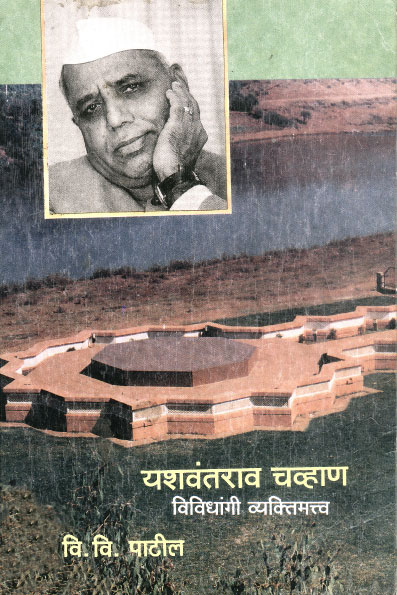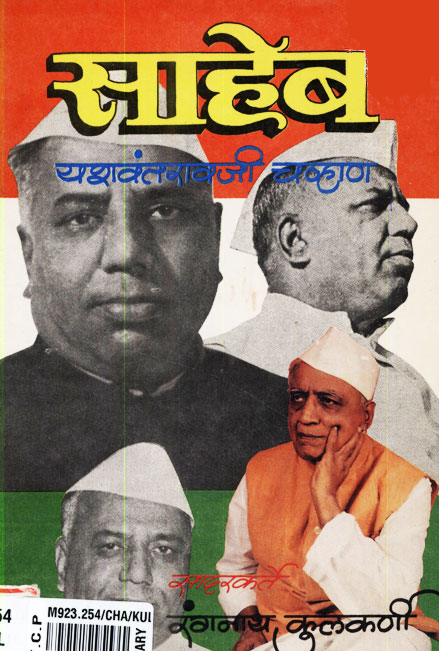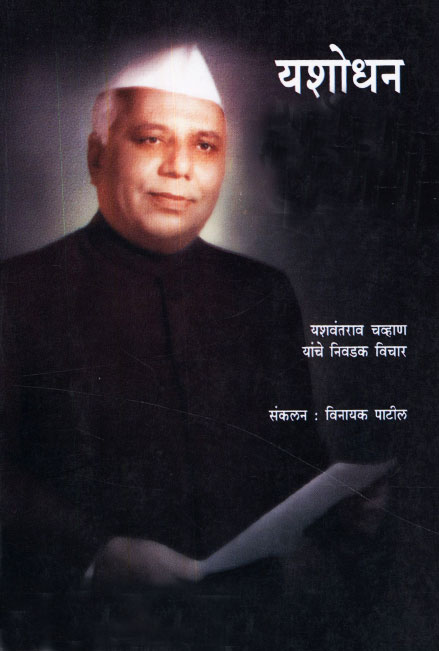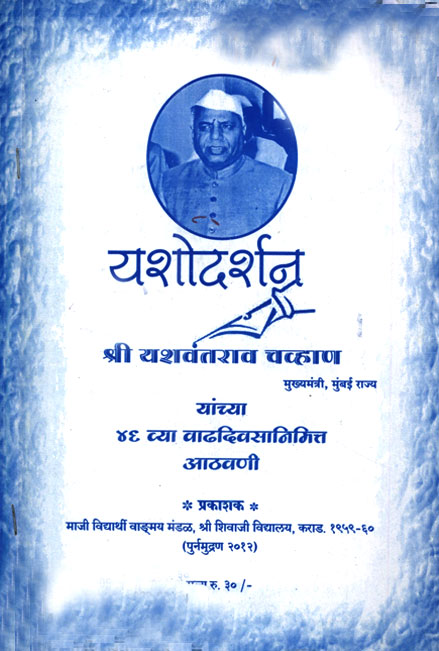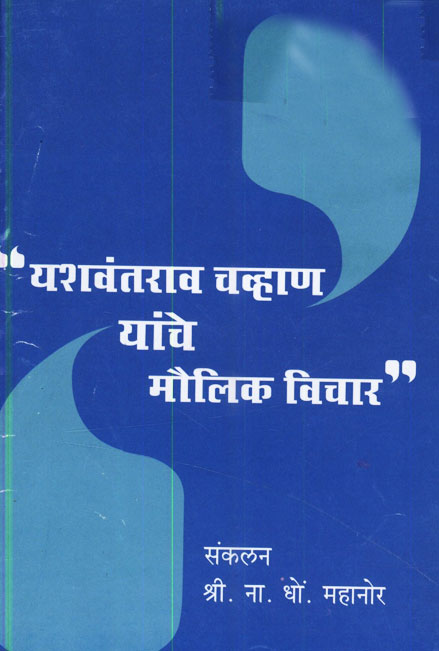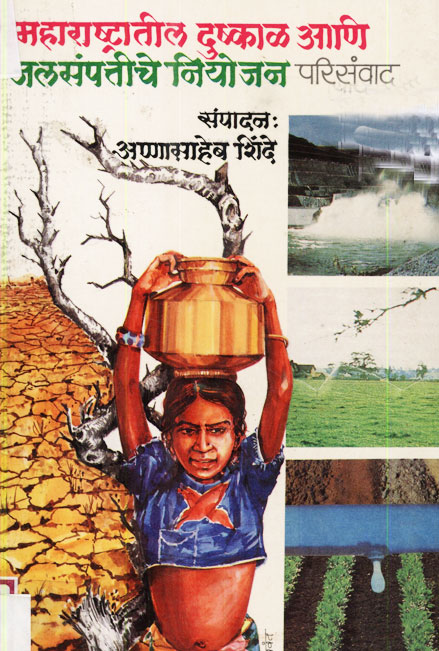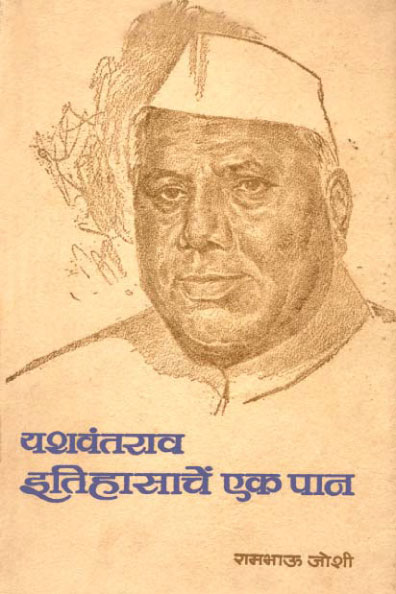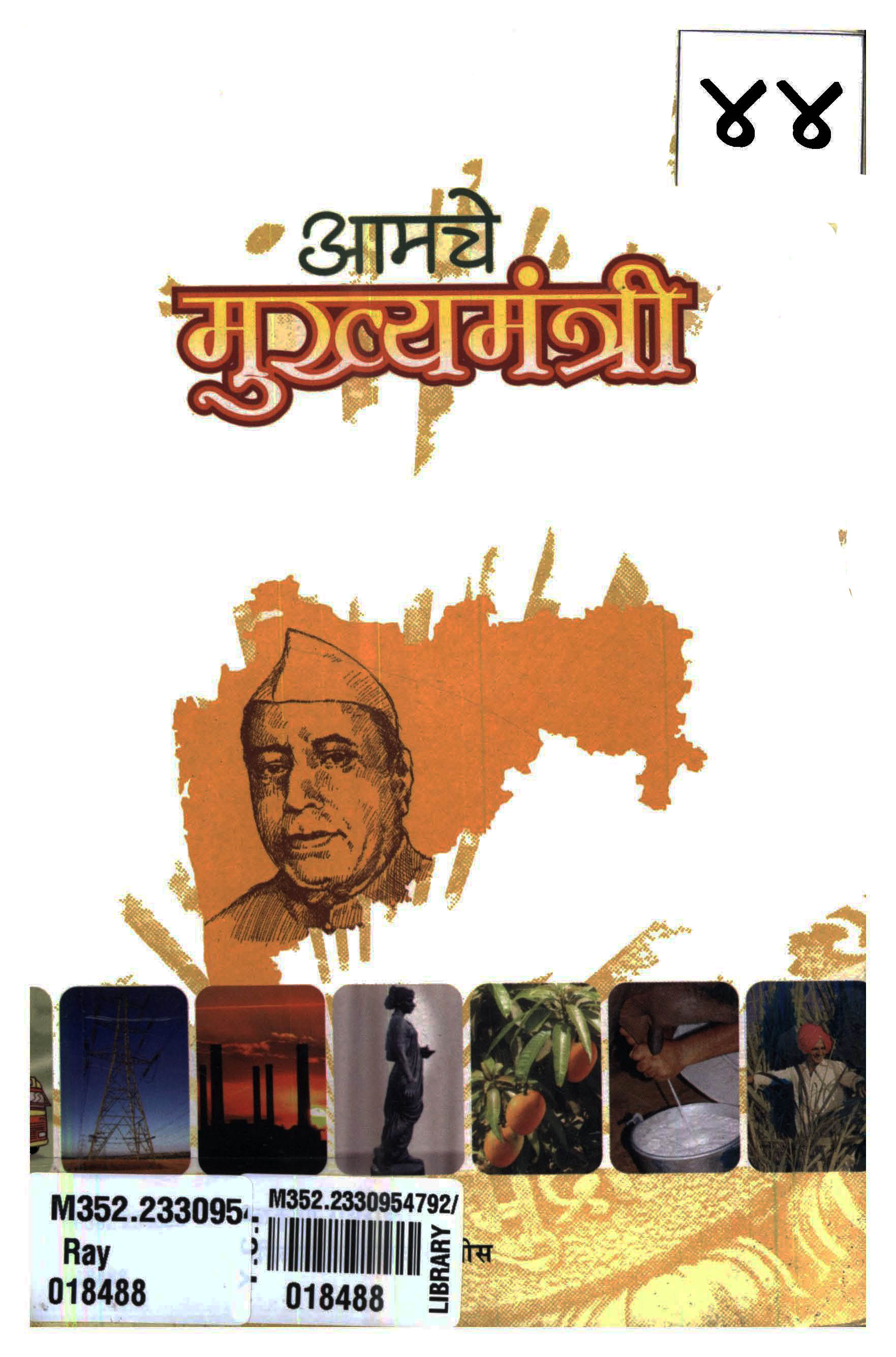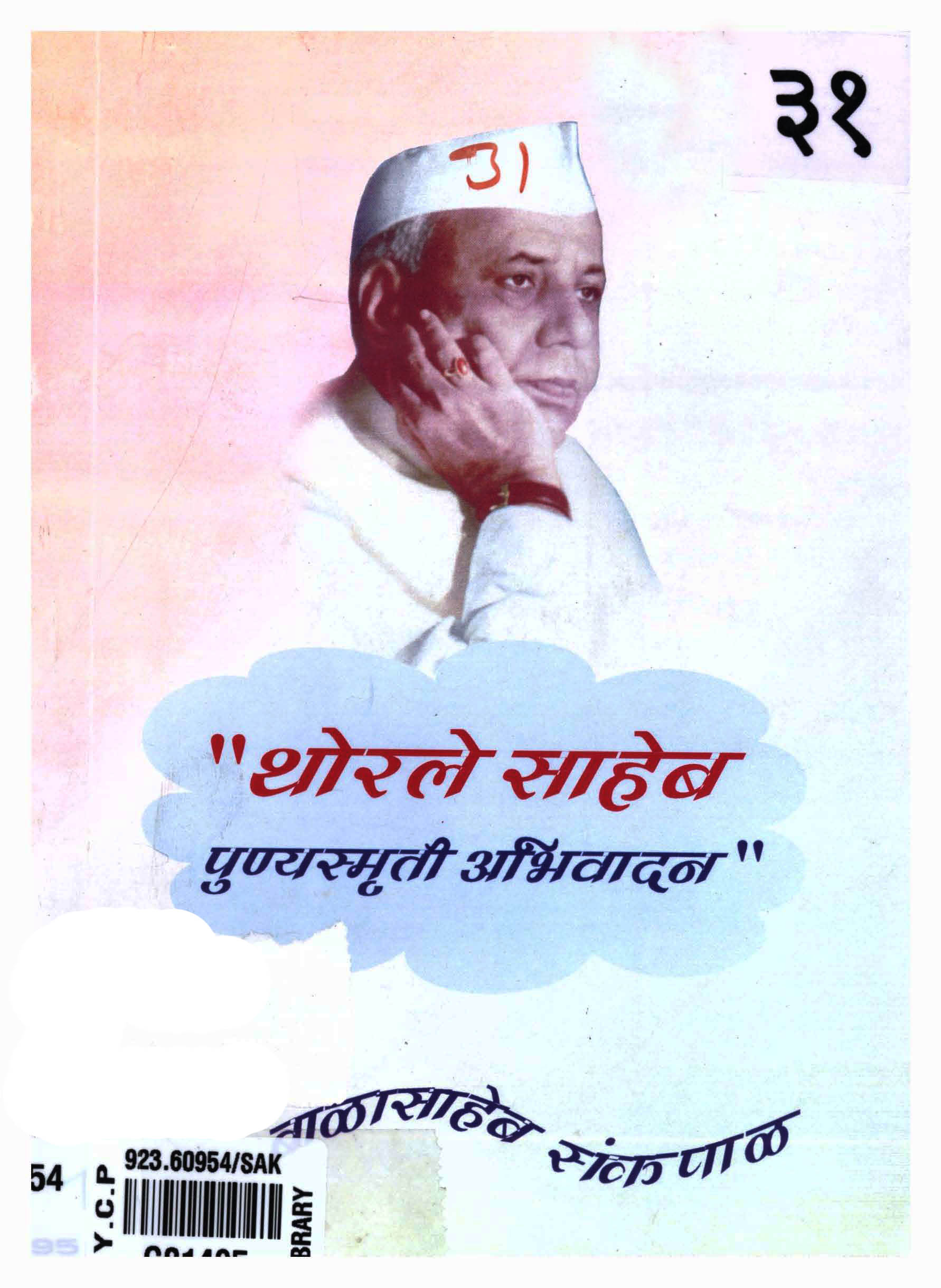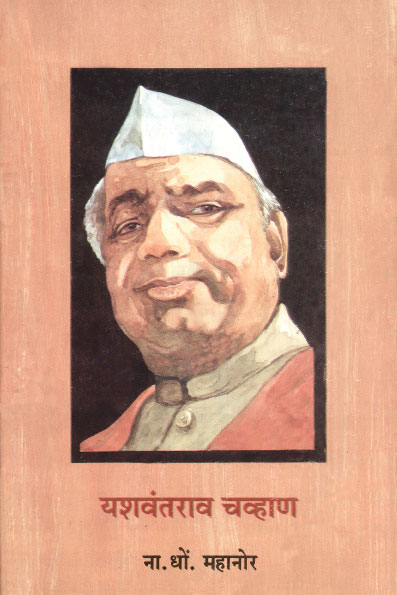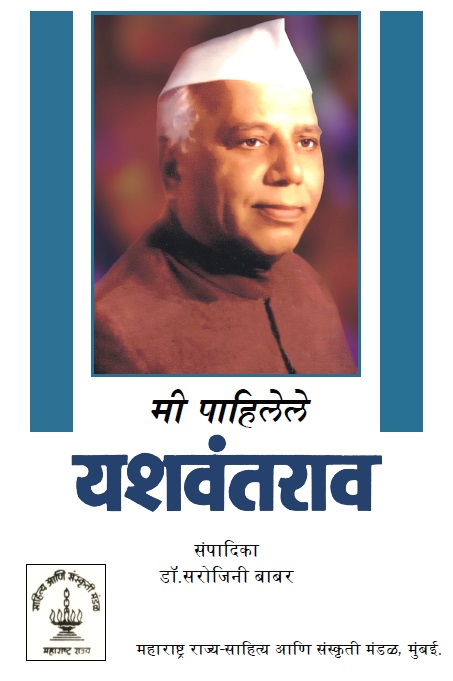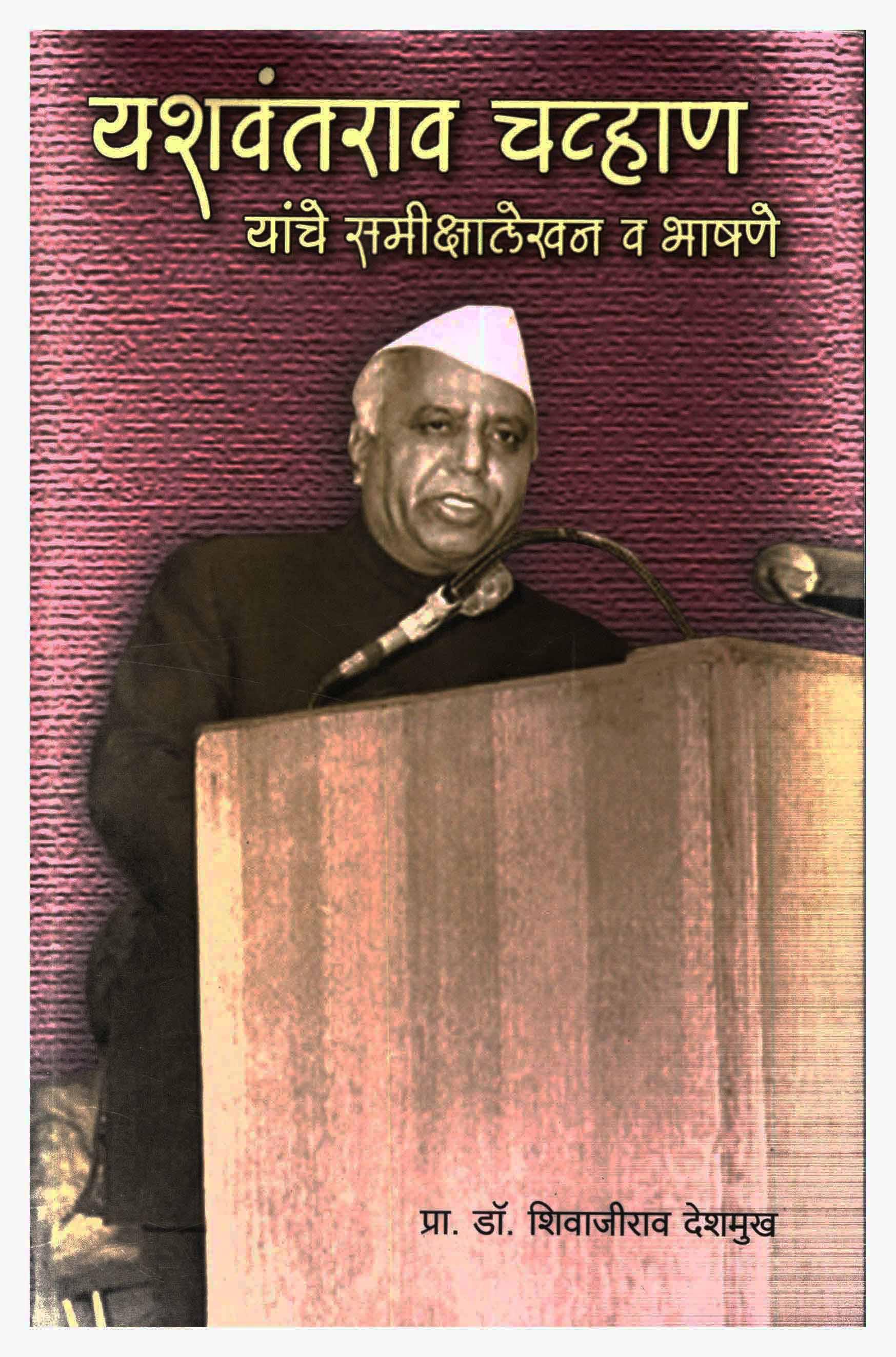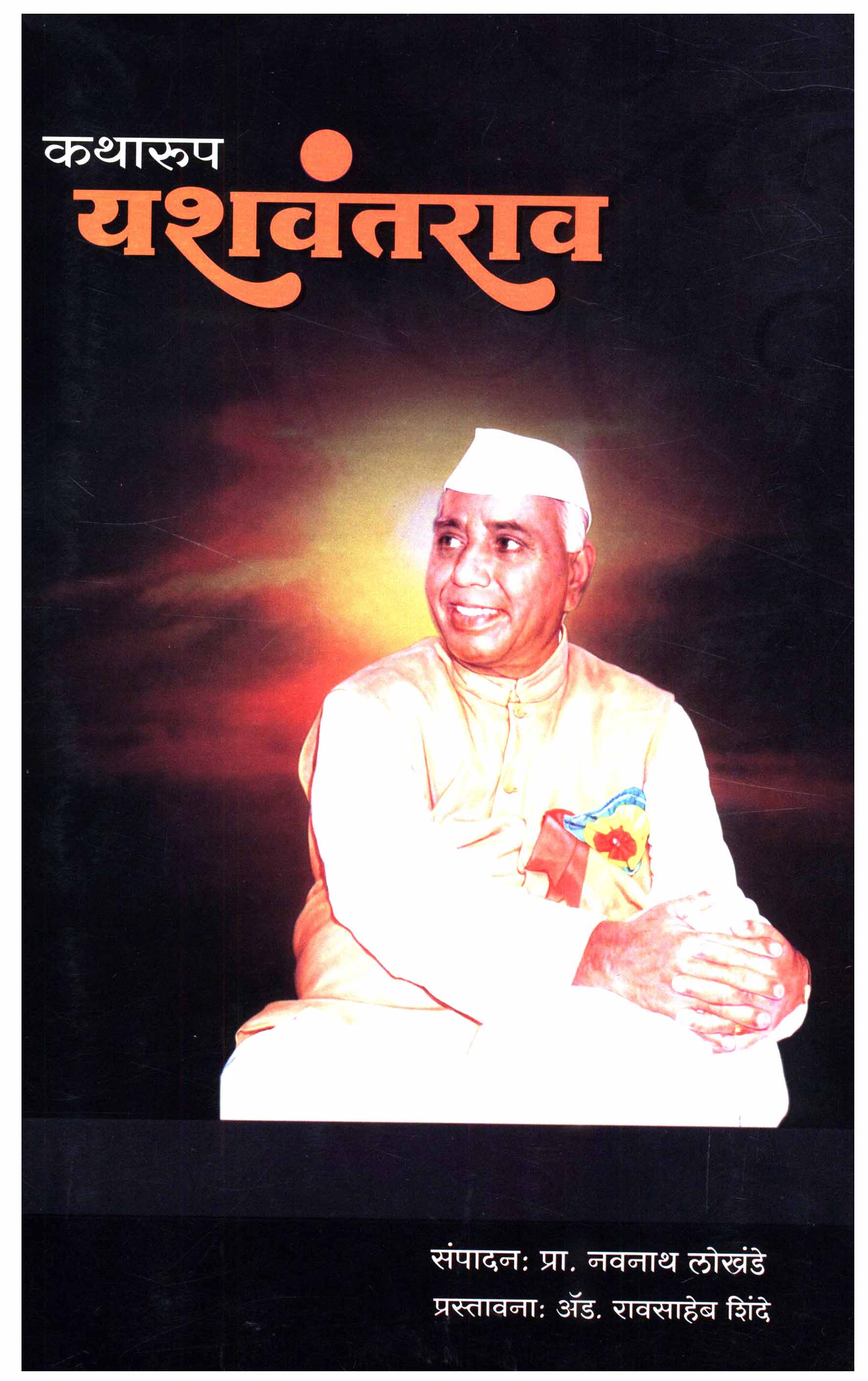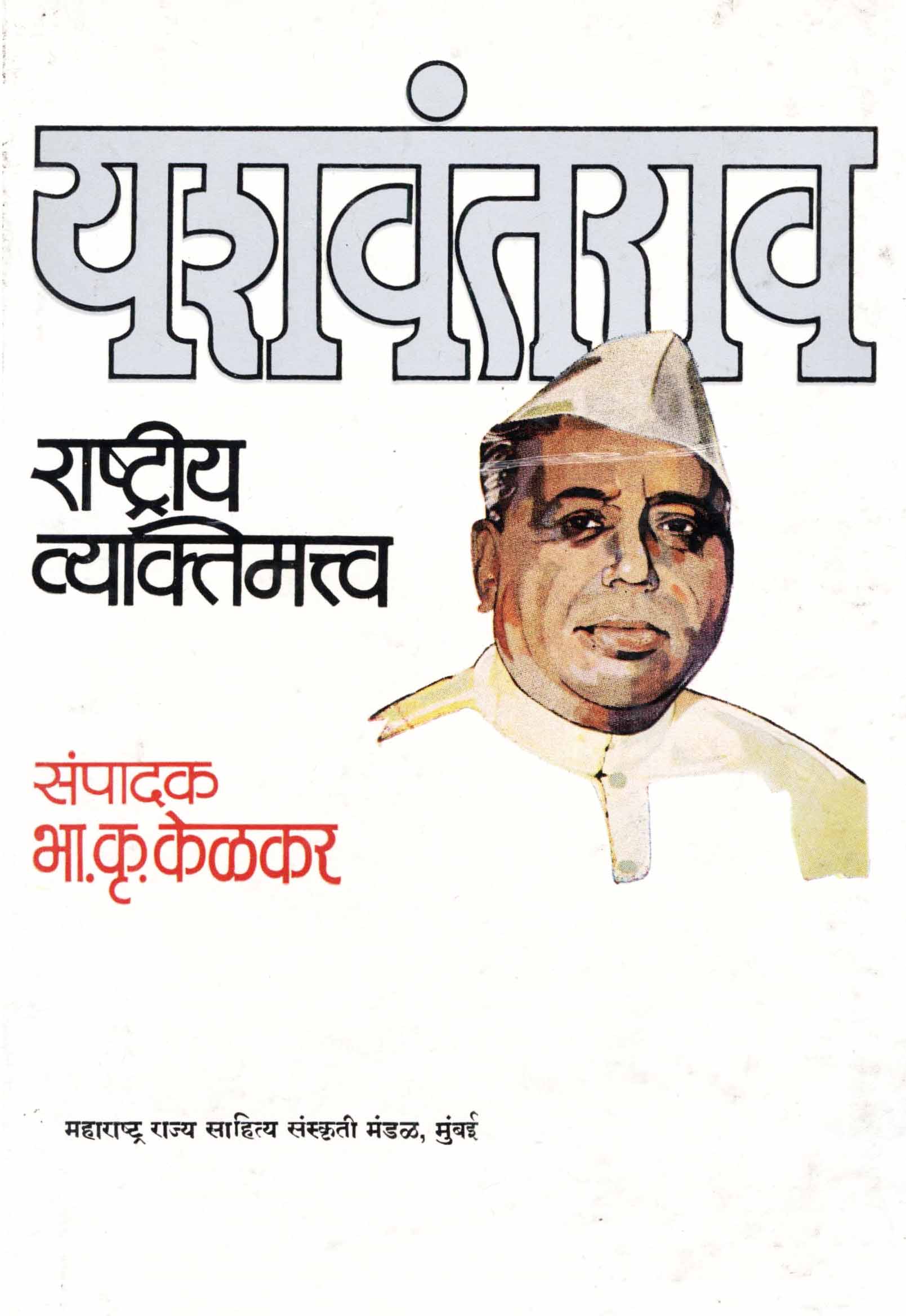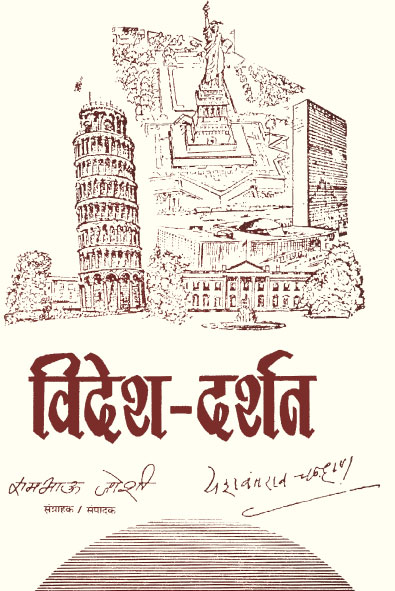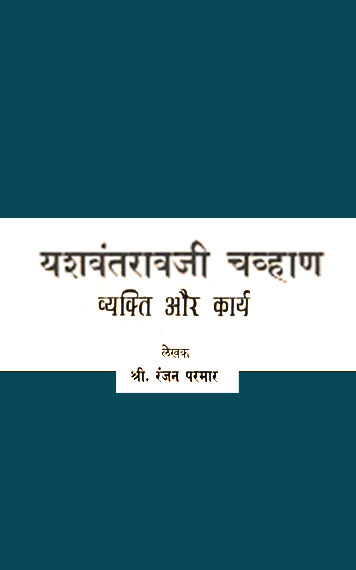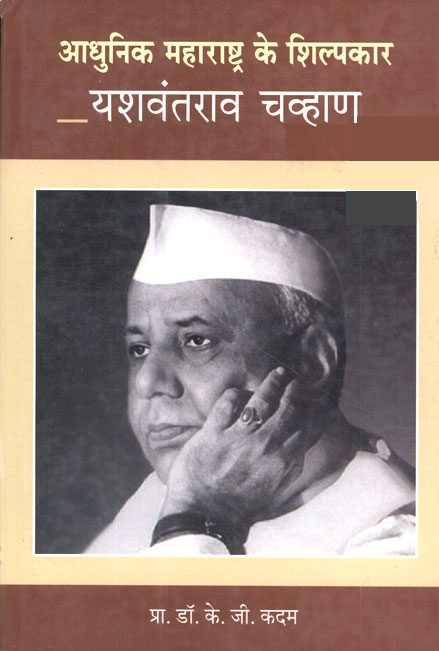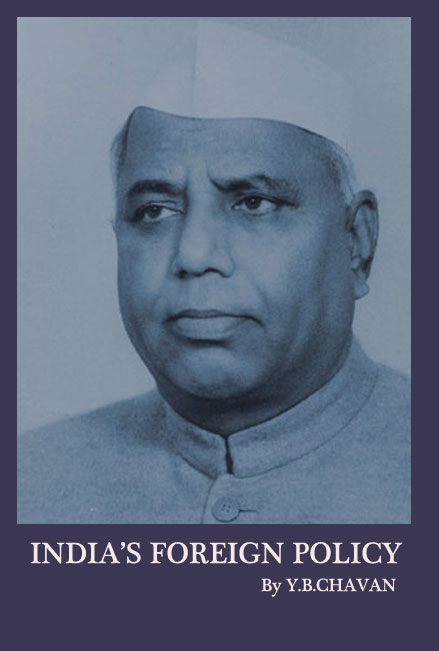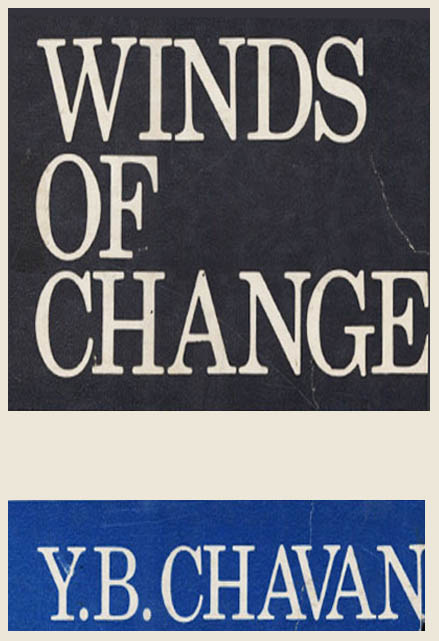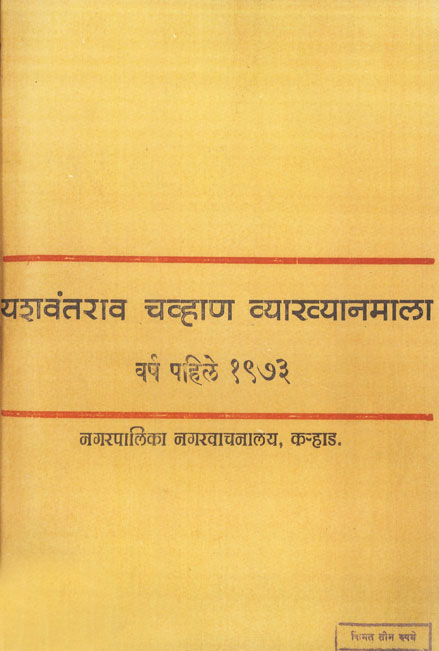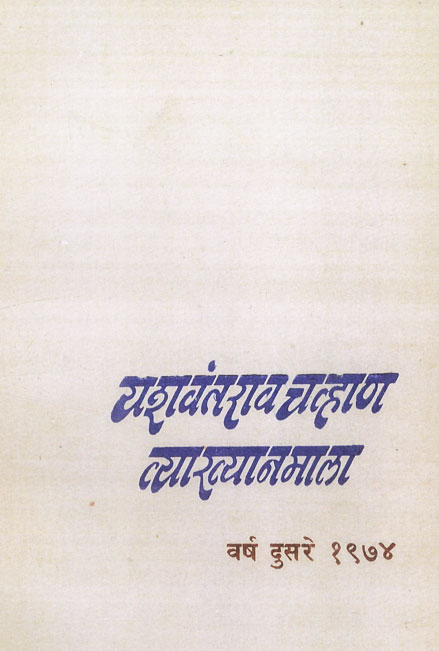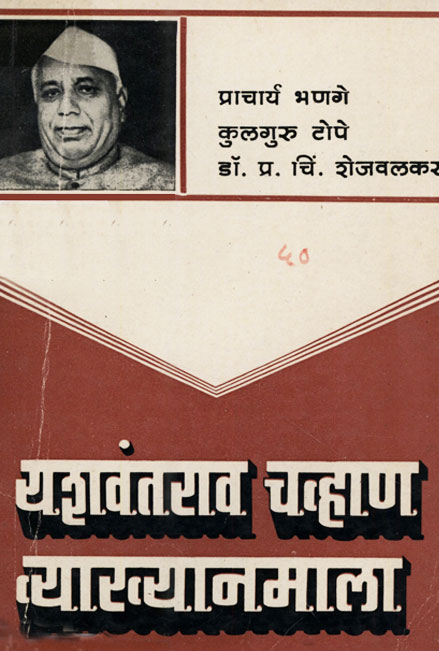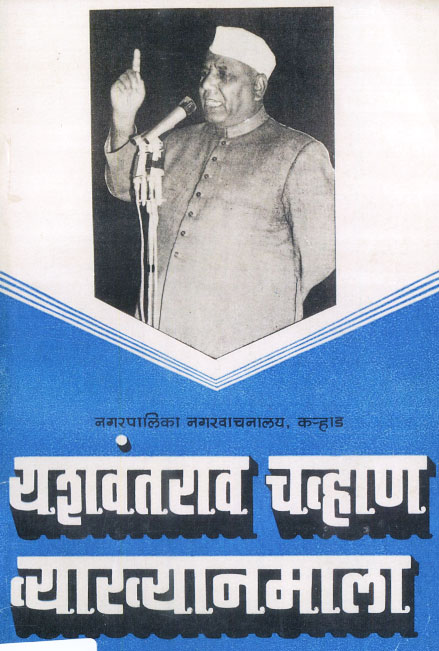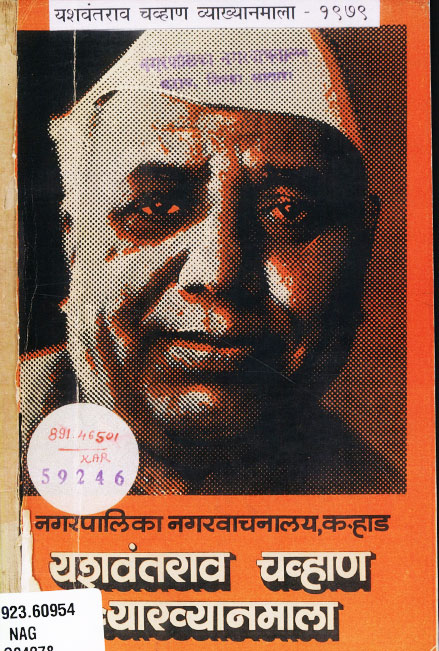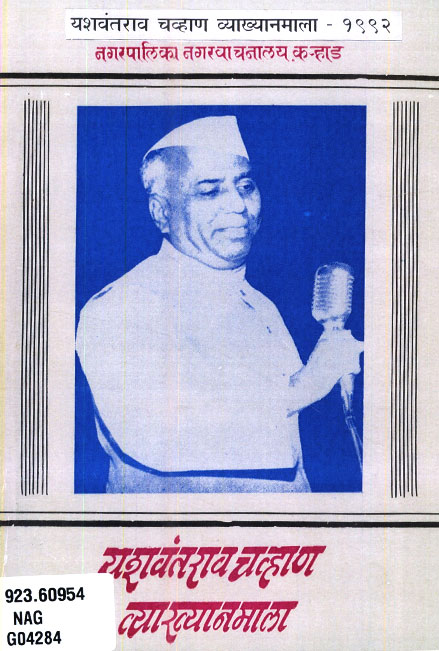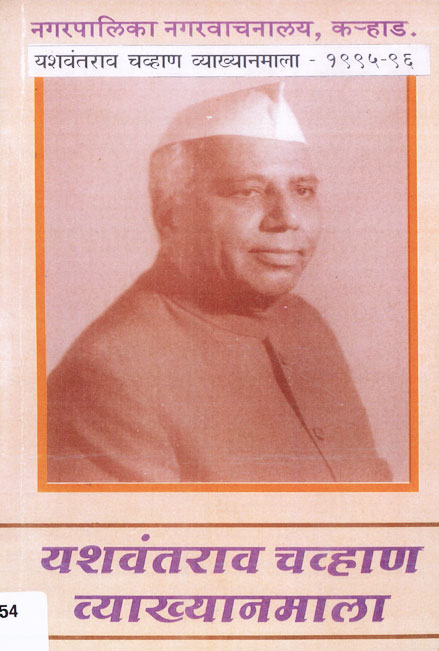In order to stablilize the prices, what has to be done? You cannot merely do one thing and say that you will stabilize the prices. We will have to make an effort on both the fronts of demand and supply. In order to make the effort on the front of supply, wherever there are shortages of important raw materials needed for industrial production, we have tried to increase imports, as for example in cotton.
In the case of cotton there were two reasons. One was that there was a shortfall in production, and because of the shortfall in production there was a very unprecedented rise in prices. One of the Hon. Members from my own State, Shri. Deshmukh, made a reference to the decline in cotton prices. But there was unprecedented rise in December, 1970, so much so that there was such a scare in the industry. We had to take certain steps, because an artificial scare was created that there was going to be a severe shortage of raw cotton and there was fear of closure of mills and so on. So, there was rise in cotton prices and naturally Government had to step in with their fiscal and monetary powers to see that the prices were controlled. What I am suggesting is that in dealing with the price front the efforts have to be manifold. We have to make efforts in the field of production. We have to intensify efforts at production of commercial raw materials. At the same time we have to follow certain fiscal policies very vigilantly. There was larger credit supply during last one year and the Reserve Bank raised the rate of interest from 5 to 6 percent. Some persons referred to it as a political move. Later on it was found that it was having a healthy effect on the prices. We can see what effect production has on the level of prices. Take the typical example of foodgrains. There has been a rise in the production of wheat in the country. Some people say that there was a revolution in the production of wheat. Some people refer to it as a green revolution. Please do not use that word; there has not yet been a green revolution; we are yet to have a breakthrough in many sectors of agriculture. In the case of wheat I concede that there has been some sort of a revolution and it has had its effect on the price level. I do not want to burden the House with the figures that I have. There is a general trend of fall in the price of wheat. The general index of overall food cereals has gone down as a result of the fall in the price of wheat.
Some members raised the question of rice. In some States the price of rice is somewhat high but compared to last year it is not high. In some States it is lower than last year.
I agree that in certain States they are not lower than what they were last year. Even then rice is available in the market. Of course, if there is shortage of rice in the market in the coming months it will have to be supplemented by imports. It can certainly be done. My main point is that if we want to attack the prices, the attack has to be many pronged.
I referred to this question in the last Lok Sabha and people may wonder whether it is not a hackneyed argument. I must say that we are taking necessary steps in this field and I have no doubt that these will have healthy impact on prices, so that if at all prices rise, they will be within accepted limits, that is, two or three percent. Really speaking, you cannot say that there will be no rise in prices in a developing economy; prices cannot be frozen. It would mean that the economy also would remain frozen.



